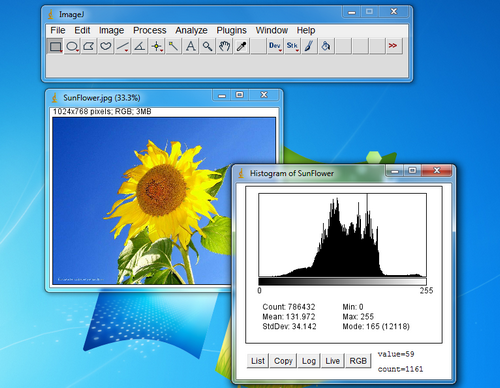

The user application is typically packaged into an application jar, which contains the application code and the required

The User Application Dependencies are all connectors, formats, or libraries that a specific user application needs. To keep the default classpath small and avoid dependency clashes. In fact, we try to keep the core dependencies as slim as possible Number of dependencies and classes in the classpath by default. The Flink Core Dependencies do not contain any connectors or libraries (CEP, SQL, ML, etc.) in order to avoid having an excessive Which contains the classes like String and List. Think of these dependencies as similar to Java’s core library ( rt.jar, charsets.jar, etc.), Part of the basic Flink container images. These core classes and dependencies are packaged in the flink-dist jar. The set of all these classes and dependencies forms the core of Flink’s runtime and must be present when a Flink Appendix: Template for building a Jar with DependenciesĪs with most systems that run user-defined applications, there are two broad categories of dependencies and libraries in Flink:įlink Core Dependencies: Flink itself consists of a set of classes and dependencies that are needed to run the system, for exampleĬoordination, networking, checkpoints, failover, APIs, operations (such as windowing), resource management, etc.Adding Connector and Library Dependencies.Setting up a Project: Basic Dependencies.Flink Core and Application Dependencies.Runtime library must be available as well. When running Flink applications (either in a distributed deployment, or in the IDE for testing), the Flink Many applications depend in addition on certain connector libraries (like Kafka, Cassandra, etc.). At the bare minimum, the application depends We recommend you use the latest stable version.Įvery Flink application depends on a set of Flink libraries. This documentation is for an out-of-date version of Apache Flink.


 0 kommentar(er)
0 kommentar(er)
